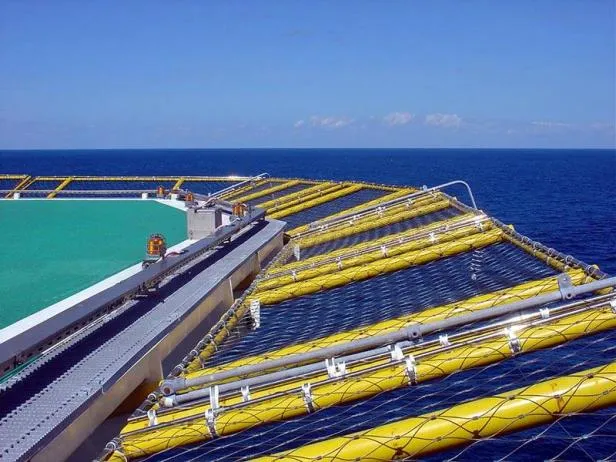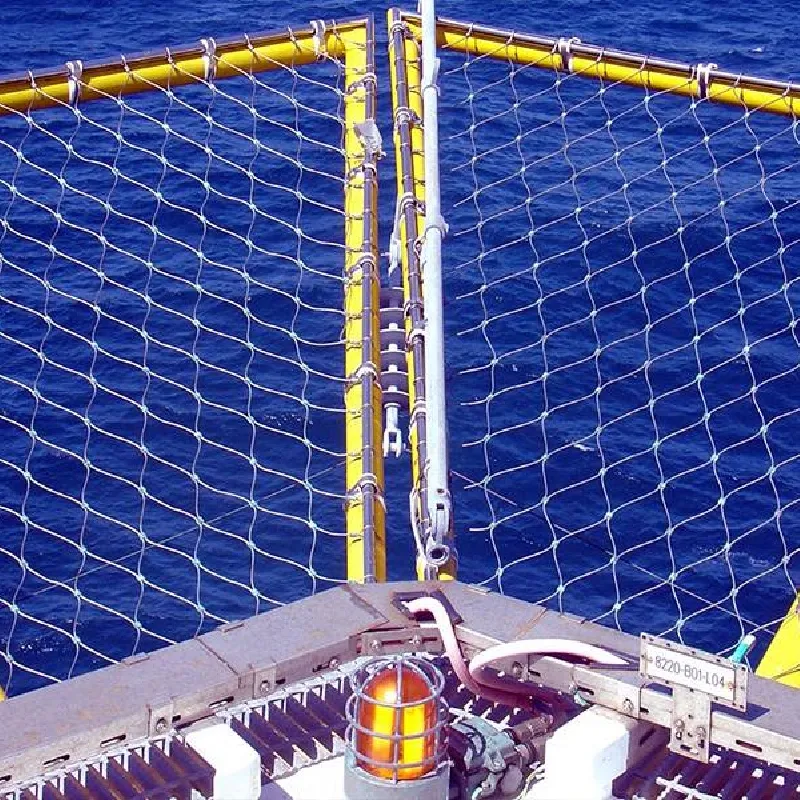- Industrial zone, South of Anping Town, Hengshui, Hebei, China.
- sales@hfpetromesh.com
- +86-18931809706
 Afrikaans
Afrikaans  Albanian
Albanian  Amharic
Amharic  Arabic
Arabic  Armenian
Armenian  Azerbaijani
Azerbaijani  Basque
Basque  Belarusian
Belarusian  Bengali
Bengali  Bosnian
Bosnian  Bulgarian
Bulgarian  Catalan
Catalan  Cebuano
Cebuano  Corsican
Corsican  Croatian
Croatian  Czech
Czech  Danish
Danish  Dutch
Dutch  English
English  Esperanto
Esperanto  Estonian
Estonian  Finnish
Finnish  French
French  Frisian
Frisian  Galician
Galician  Georgian
Georgian  German
German  Greek
Greek  Gujarati
Gujarati  Haitian Creole
Haitian Creole  hausa
hausa  hawaiian
hawaiian  Hebrew
Hebrew  Hindi
Hindi  Miao
Miao  Hungarian
Hungarian  Icelandic
Icelandic  igbo
igbo  Indonesian
Indonesian  irish
irish  Italian
Italian  Japanese
Japanese  Javanese
Javanese  Kannada
Kannada  kazakh
kazakh  Khmer
Khmer  Rwandese
Rwandese  Korean
Korean  Kurdish
Kurdish  Kyrgyz
Kyrgyz  Lao
Lao  Latin
Latin  Latvian
Latvian  Lithuanian
Lithuanian  Luxembourgish
Luxembourgish  Macedonian
Macedonian  Malgashi
Malgashi  Malay
Malay  Malayalam
Malayalam  Maltese
Maltese  Maori
Maori  Marathi
Marathi  Mongolian
Mongolian  Myanmar
Myanmar  Nepali
Nepali  Norwegian
Norwegian  Norwegian
Norwegian  Occitan
Occitan  Pashto
Pashto  Persian
Persian  Polish
Polish  Portuguese
Portuguese  Punjabi
Punjabi  Romanian
Romanian  Russian
Russian  Samoan
Samoan  Scottish Gaelic
Scottish Gaelic  Serbian
Serbian  Sesotho
Sesotho  Shona
Shona  Sindhi
Sindhi  Sinhala
Sinhala  Slovak
Slovak  Slovenian
Slovenian  Somali
Somali  Spanish
Spanish  Sundanese
Sundanese  Swahili
Swahili  Swedish
Swedish  Tagalog
Tagalog  Tajik
Tajik  Tamil
Tamil  Tatar
Tatar  Telugu
Telugu  Thai
Thai  Turkish
Turkish  Turkmen
Turkmen  Ukrainian
Ukrainian  Urdu
Urdu  Uighur
Uighur  Uzbek
Uzbek  Vietnamese
Vietnamese  Welsh
Welsh  Bantu
Bantu  Yiddish
Yiddish  Yoruba
Yoruba  Zulu
Zulu
- Afrikaans
- Albanian
- Amharic
- Arabic
- Armenian
- Azerbaijani
- Basque
- Belarusian
- Bengali
- Bosnian
- Bulgarian
- Catalan
- Cebuano
- Corsican
- Croatian
- Czech
- Danish
- Dutch
- English
- Esperanto
- Estonian
- Finnish
- French
- Frisian
- Galician
- Georgian
- German
- Greek
- Gujarati
- Haitian Creole
- hausa
- hawaiian
- Hebrew
- Hindi
- Miao
- Hungarian
- Icelandic
- igbo
- Indonesian
- irish
- Italian
- Japanese
- Javanese
- Kannada
- kazakh
- Khmer
- Rwandese
- Korean
- Kurdish
- Kyrgyz
- Lao
- Latin
- Latvian
- Lithuanian
- Luxembourgish
- Macedonian
- Malgashi
- Malay
- Malayalam
- Maltese
- Maori
- Marathi
- Mongolian
- Myanmar
- Nepali
- Norwegian
- Norwegian
- Occitan
- Pashto
- Persian
- Polish
- Portuguese
- Punjabi
- Romanian
- Russian
- Samoan
- Scottish Gaelic
- Serbian
- Sesotho
- Shona
- Sindhi
- Sinhala
- Slovak
- Slovenian
- Somali
- Spanish
- Sundanese
- Swahili
- Swedish
- Tagalog
- Tajik
- Tamil
- Tatar
- Telugu
- Thai
- Turkish
- Turkmen
- Ukrainian
- Urdu
- Uighur
- Uzbek
- Vietnamese
- Welsh
- Bantu
- Yiddish
- Yoruba
- Zulu
Jan . 25, 2025 04:36
Back to list
Steel Grating
Steel grating is an essential material in various industrial applications, providing strong, durable, and versatile solutions for diverse structural needs. To harness its full potential, understanding the specifications of steel grating is crucial. These specifications determine its suitability for different environments, performance under stress, and overall effectiveness in specific applications.
5. Surface Treatment Surface treatment enhances the grating's durability and resistance to environmental factors. Galvanization is a popular surface treatment for carbon steel grating, providing a zinc coating to protect against rust and corrosion. For areas with high foot traffic or where an anti-slip surface is critical, serrated surfaces can be specified. The choice of surface treatment often stems from direct experience with the environment in which the grating will be used. 6. Compliance and Standards Meeting industry standards such as the American National Standards Institute (ANSI) or the American Society for Testing and Materials (ASTM) is essential for ensuring quality and safety. Choosing grating that complies with these standards reassures stakeholders of its reliability and performance. Real-world applications demand adherence to these standards, as seen in sectors like oil and gas or transportation infrastructure. 7. Load Capacity Understanding the load capacity is paramount. The grating must handle the live load (people or objects moving across it) and dead load (its weight plus any additional static weight, like equipment). Misjudging this specification can lead to costly and dangerous failures. Professional expertise, sometimes stemming from years of field experience, is often required to accurately calculate and select the appropriate grating. 8. Customization Customization might be necessary for projects with unique design or load requirements. In these cases, consulting with professionals who have extensive experience in steel grating customization can be invaluable. Customizations could include specific shapes, unusual sizes, or specialized coatings, and they require a precise understanding of both the project needs and the material capabilities. In conclusion, selecting the appropriate steel grating specifications requires a blend of expertise, authoritative knowledge, and reliability. It's an investment not just in material but in safety and longevity. By considering material composition, bar sizing, grating types, and compliance with standards, among other specifications, you can ensure that your steel grating meets the highest expectations of performance and durability. In a world where industrial demands are constantly evolving, staying informed and experienced is key to making the right choices.


5. Surface Treatment Surface treatment enhances the grating's durability and resistance to environmental factors. Galvanization is a popular surface treatment for carbon steel grating, providing a zinc coating to protect against rust and corrosion. For areas with high foot traffic or where an anti-slip surface is critical, serrated surfaces can be specified. The choice of surface treatment often stems from direct experience with the environment in which the grating will be used. 6. Compliance and Standards Meeting industry standards such as the American National Standards Institute (ANSI) or the American Society for Testing and Materials (ASTM) is essential for ensuring quality and safety. Choosing grating that complies with these standards reassures stakeholders of its reliability and performance. Real-world applications demand adherence to these standards, as seen in sectors like oil and gas or transportation infrastructure. 7. Load Capacity Understanding the load capacity is paramount. The grating must handle the live load (people or objects moving across it) and dead load (its weight plus any additional static weight, like equipment). Misjudging this specification can lead to costly and dangerous failures. Professional expertise, sometimes stemming from years of field experience, is often required to accurately calculate and select the appropriate grating. 8. Customization Customization might be necessary for projects with unique design or load requirements. In these cases, consulting with professionals who have extensive experience in steel grating customization can be invaluable. Customizations could include specific shapes, unusual sizes, or specialized coatings, and they require a precise understanding of both the project needs and the material capabilities. In conclusion, selecting the appropriate steel grating specifications requires a blend of expertise, authoritative knowledge, and reliability. It's an investment not just in material but in safety and longevity. By considering material composition, bar sizing, grating types, and compliance with standards, among other specifications, you can ensure that your steel grating meets the highest expectations of performance and durability. In a world where industrial demands are constantly evolving, staying informed and experienced is key to making the right choices.
Share
Prev:
Next:
Latest news
-
Welded Steel Bar Grating: The Rugged Industrial Flooring Solution Built for Load and LongevityNewsJun.24,2025
-
Steel Walkway Grating: Reliable, Resilient, and Built for Every StepNewsJun.24,2025
-
Shale Shaker Screen for Sale: Optimize Drilling Efficiency with Precision Screening PowerNewsJun.24,2025
-
Shaker Screen for Sale: Elevate Your Drilling Efficiency with Durable Separation SolutionsNewsJun.24,2025
-
Press Locked Steel Grating: Industrial Strength with Precision Fit for Heavy-Duty ApplicationsNewsJun.24,2025
-
Perimeter Safety Netting: The Critical Safety Upgrade for Every HelipadNewsJun.24,2025